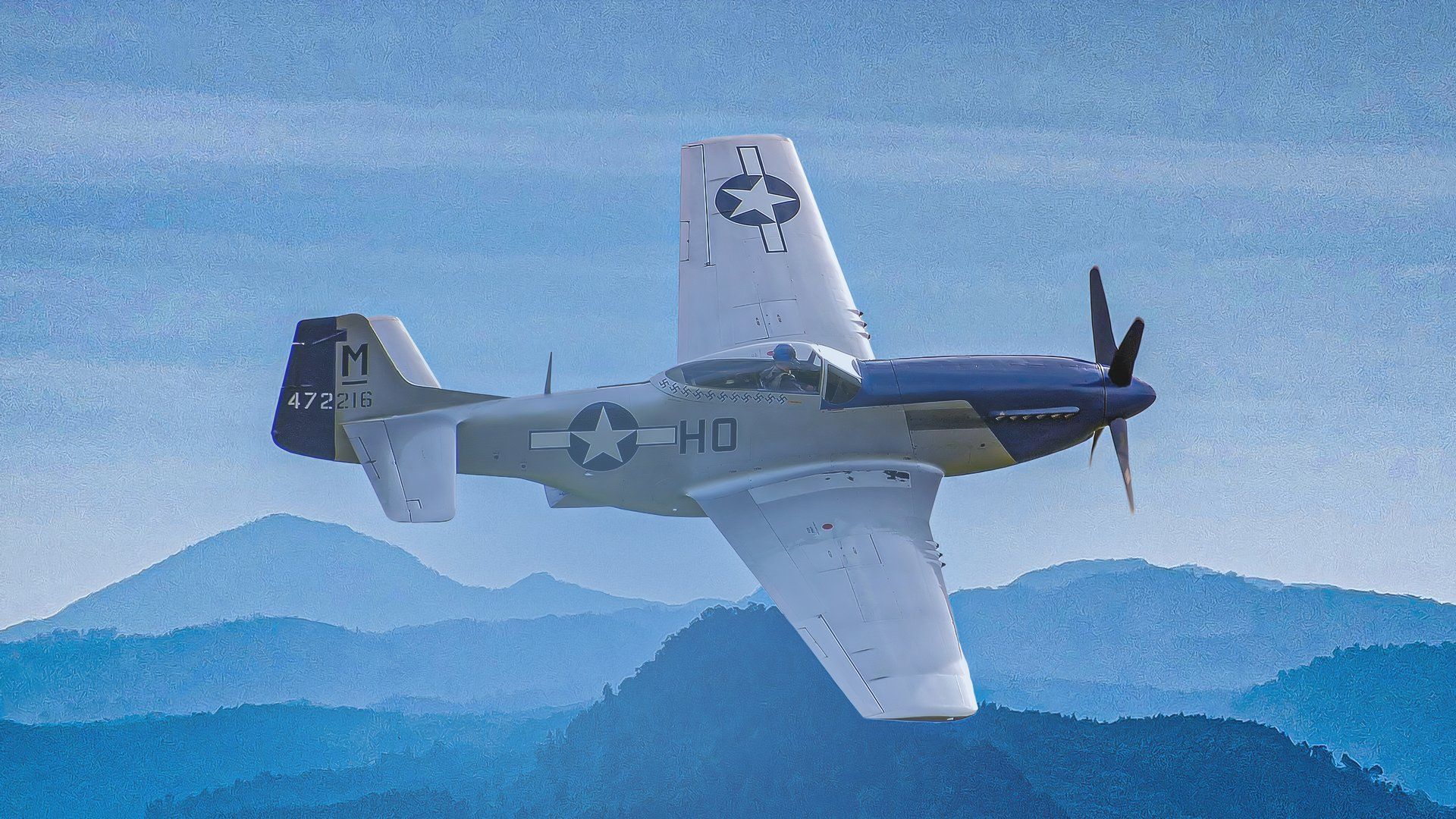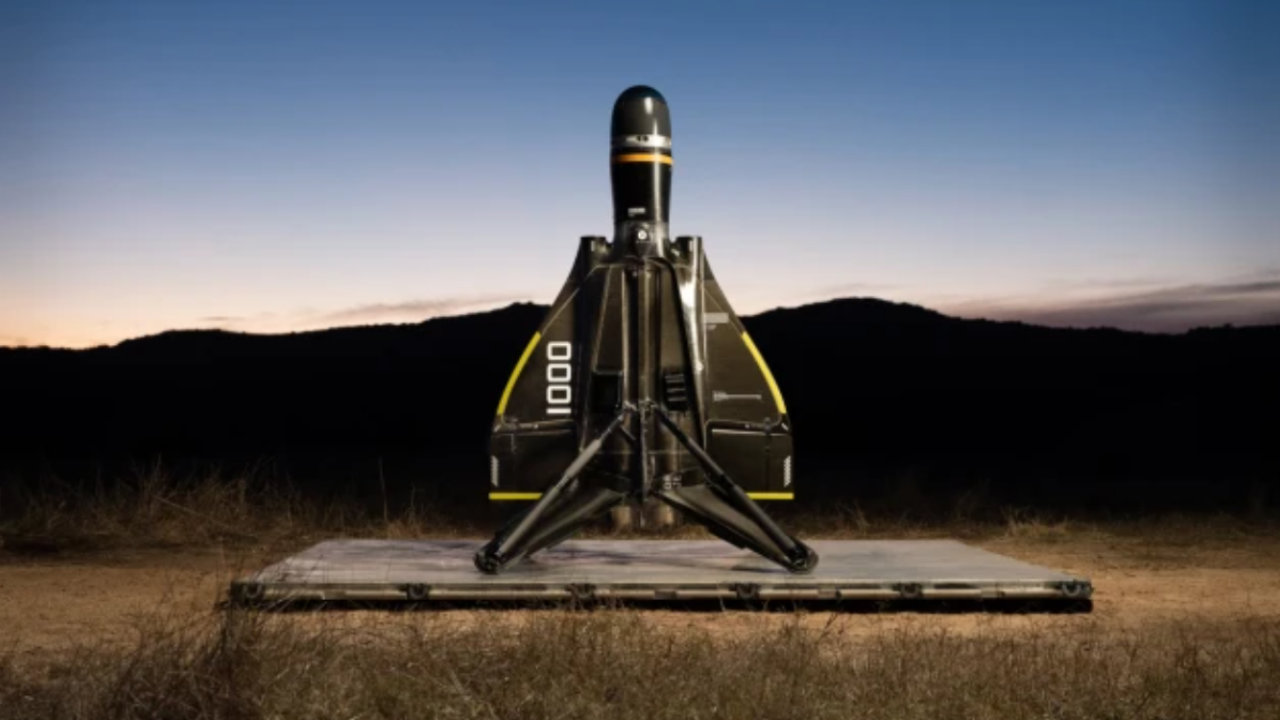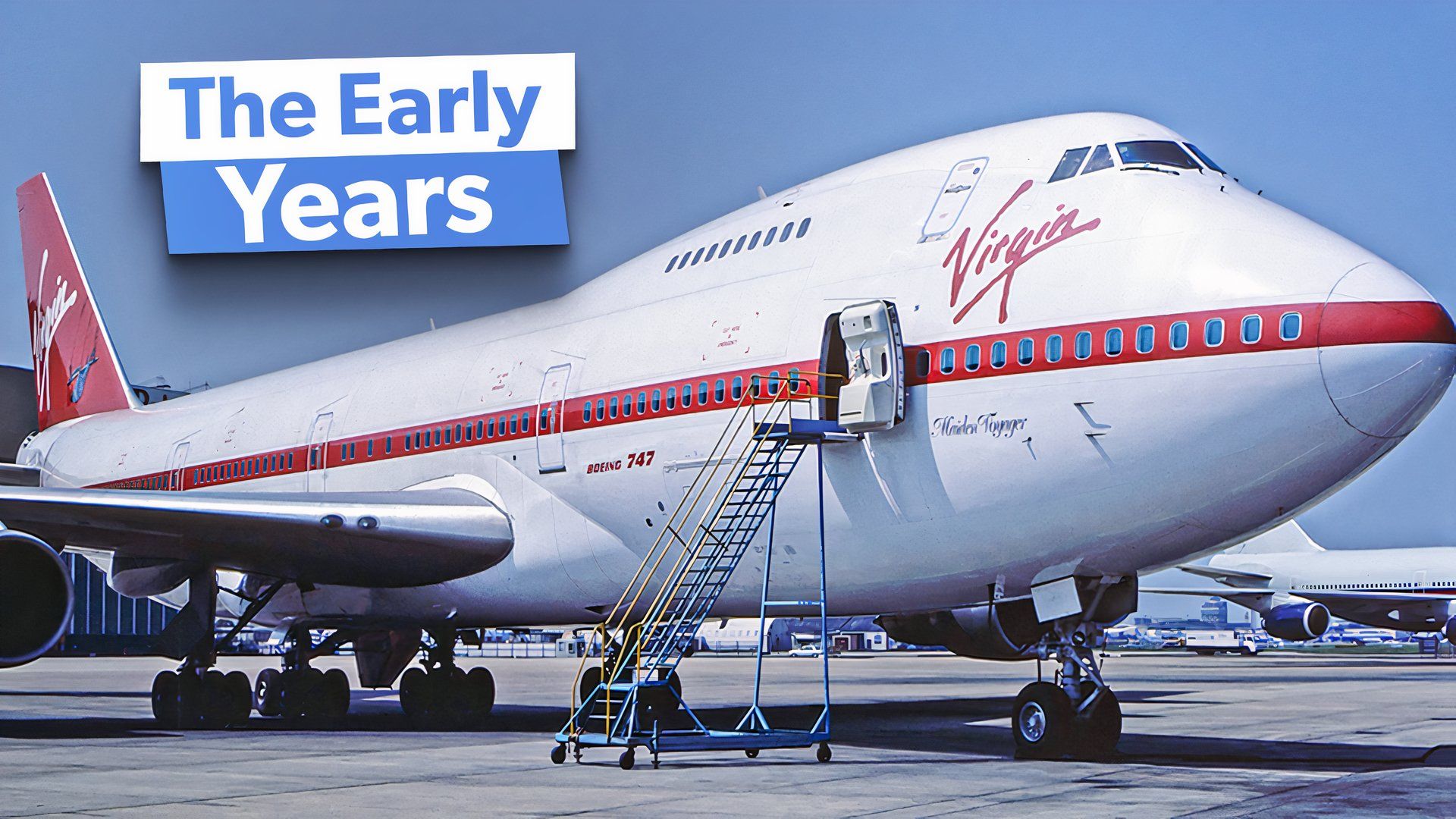Summary
- The P-51D Mustang’s Rolls-Royce Merlin engine significantly boosted performance.
- The K-14 gunsight improved targeting for killing enemies in WWII air combat.
- The P-51D’s bubble canopy enhanced pilots’ visibility, boosting their survival chances.
The Second World War produced many remarkable, historically significant, and iconic aircraft. On the Allied side of the ledger, quite a number of warbirds contributed their fair share to the ultimate victory.
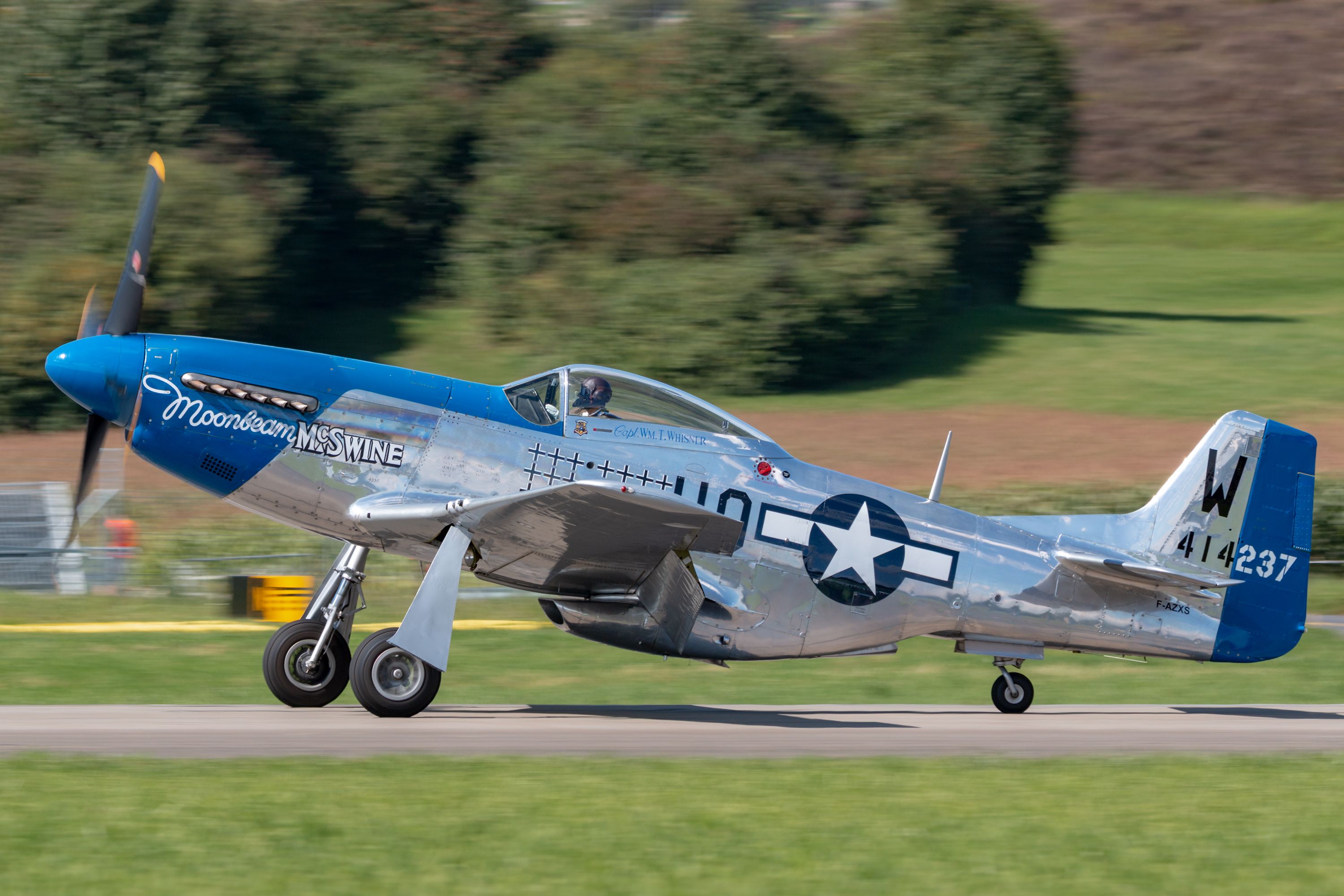
Related
Why Was The North American P-51 Mustang So Successful?
A key World War II-era fighter with the range of a bomber.
But comparatively few WWII warplanes could claim not only iconic status but, indeed, true game-changer status. One was the Douglas SBD Dauntless dive bomber, which turned the tide of the Pacific Theater by sinking the four Imperial Japanese Navy aircraft carriers at the Battle of Midway. In the European Theater of Operations (and to some extent in the Pacific as well), the North American P-51D Mustang was the game changer.
But how exactly did the Mustang change WWII air combat? Simple Flying now examines this aircraft more closely.
The Rolls-Royce Merlin engine
Not all P-51 Mustangs were created equal, so I emphasized the “D” model” in the preceding paragraph.
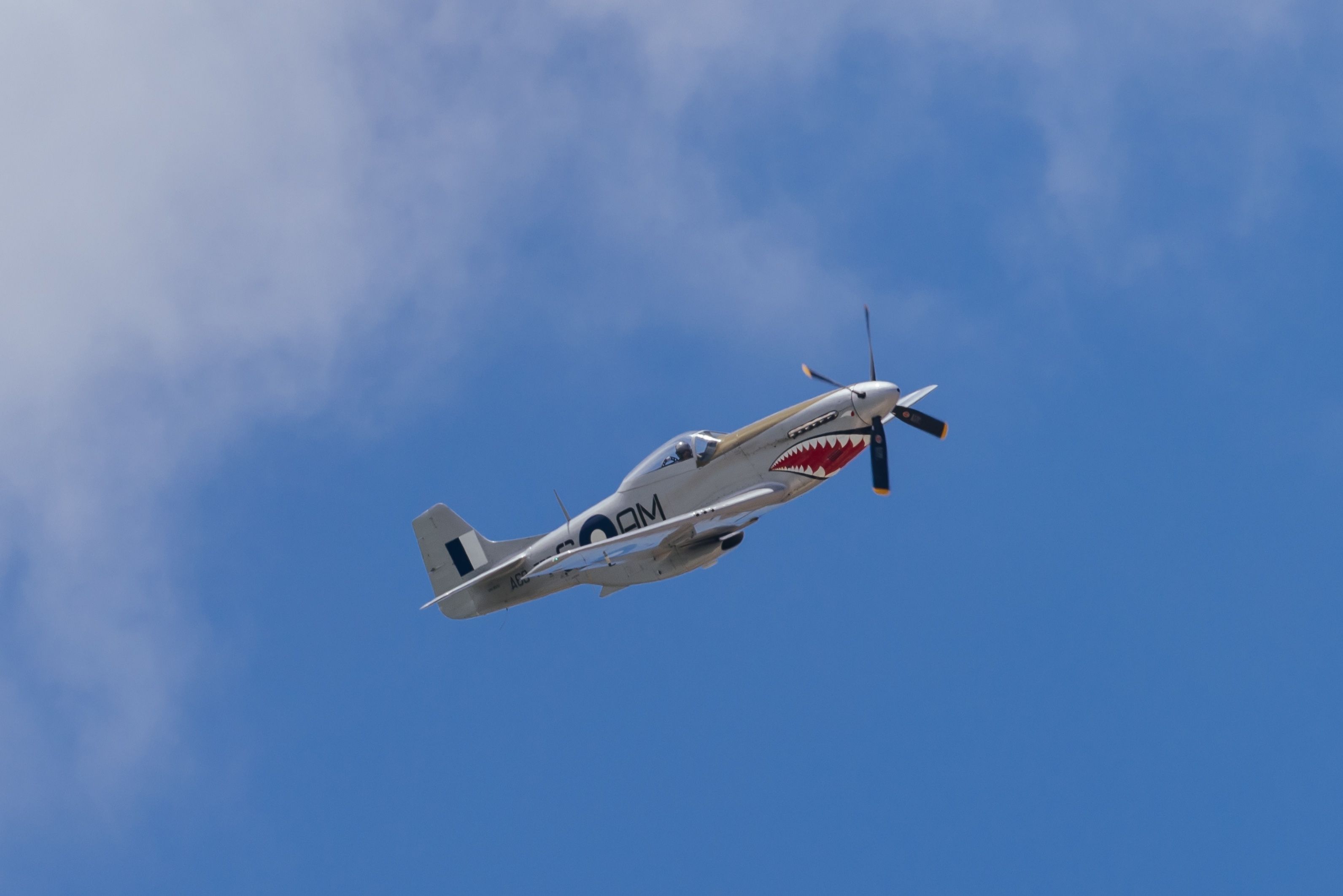
Related
What Were The Main Variants Of The North American P-51 Mustang Aircraft?
P-51s were considered the best fighters for many air forces during WWII.
Earlier versions of the Mustang (which made its maiden flight on October 26, 1940) used the liquid-cooled Allison V-710 engine, which wasn’t necessarily a bad quality engine per se, but it had its limitations; it had limited high-altitude performance, restricting the fighter to operations below 15,000 ft (4,572 m). The info page for the Military Aviation Museum in Virginia Beach, Virginia notes:
“However, the Allison struggled at higher altitudes, which prompted the British to experiment with the design, swapping out the V-1710 for their more capable Rolls-Royce Merlin. This engine-airframe combination proved to be a game changer, providing the Mustang with a top speed of over 400 mph and vastly improved high-altitude performance.
“Coupled with the new K-14 gunsight and an improved armament of six .50” caliber Browning machine guns, the Mustang’s impact on the air war over Europe cannot be overstated.”
“Before this updated Mustang entered service, the 8th Air Force’s bomber units experienced a horrific 77% overall casualty rate between 1942 and 1944. The P-51 completely reversed that trend, and mission requirements for bomber crews actually went up as the Mustangs went to work eliminating the Luftwaffe from the skies over Europe. Their efforts defending American bomber formations earned the escorts the nickname Little Friends.”
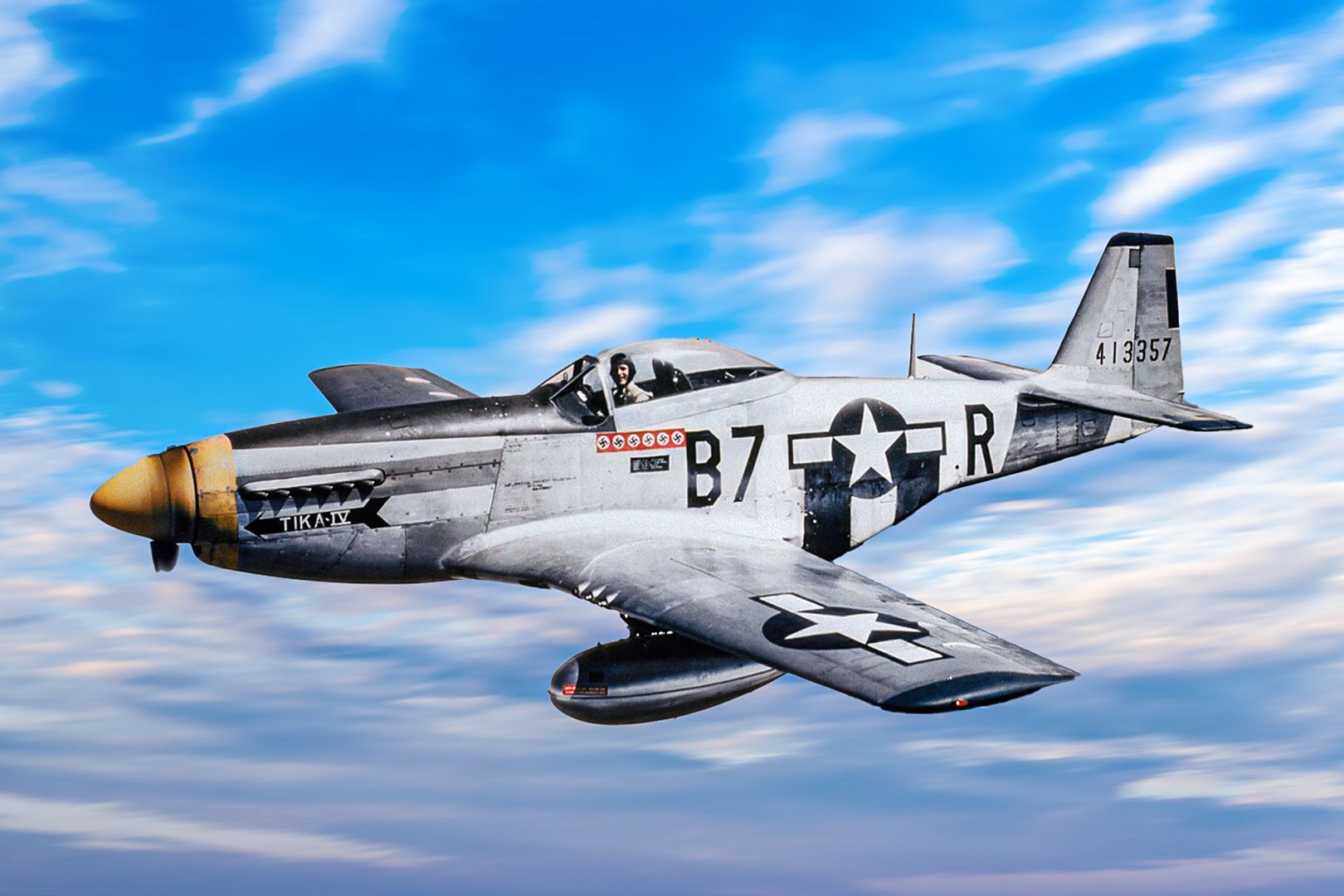
Related
Top 5 Historic Military Aircraft That Changed Aviation
Many military aircraft have made their mark on aviation history. But five in particular have been true game-changers.
More specifically, the game-changing engine was the Packard V-1650 Merlin, a version of the Rolls-Royce Merlin aircraft engine, license-built in the US by the Packard Motor Car Company (which was founded in 1899 and went defunct in 1962. This was a 12-cylinder liquid-cooled engine that generated the following stats:
- 1,490 hp (1,110 kW) at 3,000 rpm
- 1,720 hp (1,280 kW) at war emergency power (WEP)
WEP was a throttle setting that first appeared on American WWII warbirds that produced more than 100% of the engine’s normal rated power for a limited amount of time, often about five minutes; as the label applies, it was only to be used in emergency situations.
The maximum airspeed was boosted to 440 mph (710 km/h, 383 kn).
The K-14 gunsight
Since the above-quoted passage from the Military Aviation Museum mentions the K-14 gunsight, I reckon that’s the logical choice for my next subheading topic, especially since it’s what facilitated the P-51D’s ability to actually kill the Luftwaffe fighters before they could kill the 8th Air Force bombers. Another top-notch WWII American fighter used the K-14, the Republic P-47 Thunderbolt. The “Pilot Training Manual for the Thunderbolt P-47N, Headquarters, Army Air Forces, September 1945″ (as cited on the Lone Sentry Blog) offers the following description of what made this gunsight so deadly effective:
“As you adjust the K-14 gyroscope gunsight, it automatically gives you the correct lead and shows you the range of the target. In other words, it’s the answer to a poor deflection shooter’s prayer…Though exceedingly complicated internally, the sight is easy to operate with a little practice…Actually, the K-14 contains 2 sights: The compensating sight, and an ordinary fixed electrical sight. In the fixed sight, a cross has been substituted for the pipper.
The fixed sight, may be used alone, but ordinarily the cross is employed (with the ring extinguished) to show the amount of lead the gyro sight is allowing…The gyro sight consists of a dot surrounded by six small diamonds. Your problem is to place the dot squarely on an enemy plane by maneuvering your Thunderbolt, and keep him properly surrounded by the six diamonds until you shoot him down.”
 Bubble canopy
Bubble canopy
This feature may not have had the technical wizardry of the Rolls-Royce Merlin engine of the K-14 gunsight, but that didn’t make it any less important a feature on the P-51D. As Scott Mall noted in a September 2022 article for “Flying,” the Plexiglas “bubble” canopy vastly improved the pilots’ drivers’ all-around vision, and needless to say, this improved ability to see their enemies both behind them and in front of them greatly improved the Mustang drivers’ chances of survival.
Feast your eyes on the bubble canopy-bearing P-51D side-by-side an earlier model (specifically a P-51C) without this benefit:
End results
As a result of these improvements, the Mustang earned its legendary status. Its pilots were credited with destroying nearly 5,000 Axis aircraft in WWII. The Mustang made the skies deadly over Europe, As the renowned military historian Sir Max Hastings states in his 1985 book “Victory in Europe: D-Day to V-E Day In Full Color“:
“The bomber offensive had been frustrated in its hope of destroying German aircraft in their factories. But when the American Mustang long-range escort fighter was launched into the skies over Germany in the first months of 1944, it achieved extraordinary success in destroying the Luftwaffe in the air.”
Photo: Christian D. Orr | Simple Flying

